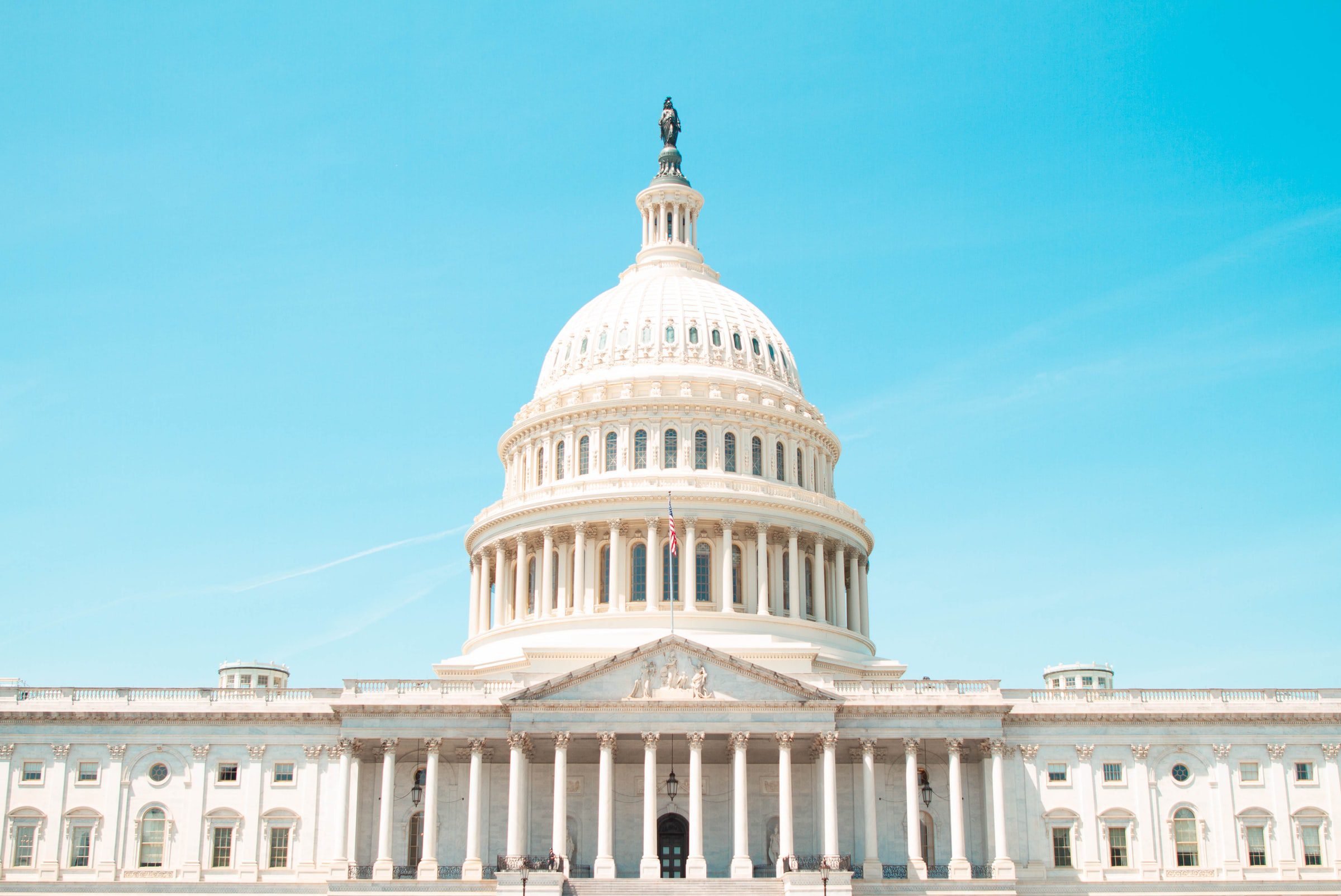It’s been an interesting 12 months for the nation’s meteorologists. From a Midwestern perspective, the warm months that lasted well into October and even November immediately gave way to a sub-zero stretch from December through February, with the so-called “fall” pulling off a more extraordinary disappearing act than Harry Houdini in 1911.
And if the buildup of snow and ice on windshields that lasted through April was any indication, the spring of 2022 proved to follow that similar blueprint of unpredictable extremes. Though it may feel like it’s starting to come later with each passing year, summer is finally upon us. The time for seasonal depression is inarguably over, making room for bonfire nights, barbecues, and sunny days.
What is also coming, unfortunately, is a whole lot of heat. While most of us would take sweltering mid-80s with high humidity over the alternative, the downside of leaving the rare temperate months of April and May is that air conditioning will once again become a way of life. Another thing to consider is that each summer is looking to get a bit hotter than the previous one. Soon, getting some sleep will become a nightly battle for anyone toeing the fine line of keeping the indoors cool while avoiding a significant increase in their monthly energy bill.
Air conditioning costs are generally — if begrudgingly — accepted as the reality of the summer for many of us. For the millions of Americans struggling to make ends meet, however, AC is increasingly seen as a luxury, no matter how uncomfortable it may feel to be indoors during the peak of August. With the current global energy situation in flux, this sentiment is unlikely to change for those working low-income jobs, paying off student loans, or dealing with unforeseen bills. Thankfully, the federal government has recently indicated that assistance is on the way.
In April, the U.S. Department of Health and Human Services (HHS) announced that it would release a nearly $400 million aid package to help low-income families and individuals with home energy bills in the coming months. This $385 million funding arrives nearly one year after Congress passed into law a COVID-19 relief package that funded programs spanning economic and public health. Similar to the funding from that law, this federal investment will be allocated based on a need per the standards specified by the Low Income Home Energy Assistance Program (LIHEAP).
Between this new investment, last year’s federal support, and additional funding as part of the federal infrastructure law, the current administration is directing a total of $8.3 billion to LIHEAP over this calendar year.
This represents the most significant investment in the program’s history since its founding in 1981.
The money will go to approximately 5 million Americans, or approximately one in six households. Eligibility may vary depending on state guidelines, but the expectation is that one will need to align with standard requirements, such as a recipient must remain under a maximum of 150% of the poverty level (some states set the condition as low as 110%). Exceptions are made for situations where 60% of the median state income is higher.
Optimism regarding the LIHEAP allocation remains high among federal officials. . “LIHEAP is essential to protecting the health of households across the country by ensuring safe and healthy indoor temperatures,” said Xavier Becerra, secretary of HHS.
January Contreras, assistant secretary at the Administration for Children and Families, echoed a similar excitement over the announcement. “The funds released today will allow us to carry out our agency’s mission to promote the well-being of the children, families, and communities we serve,” Contreras said.





